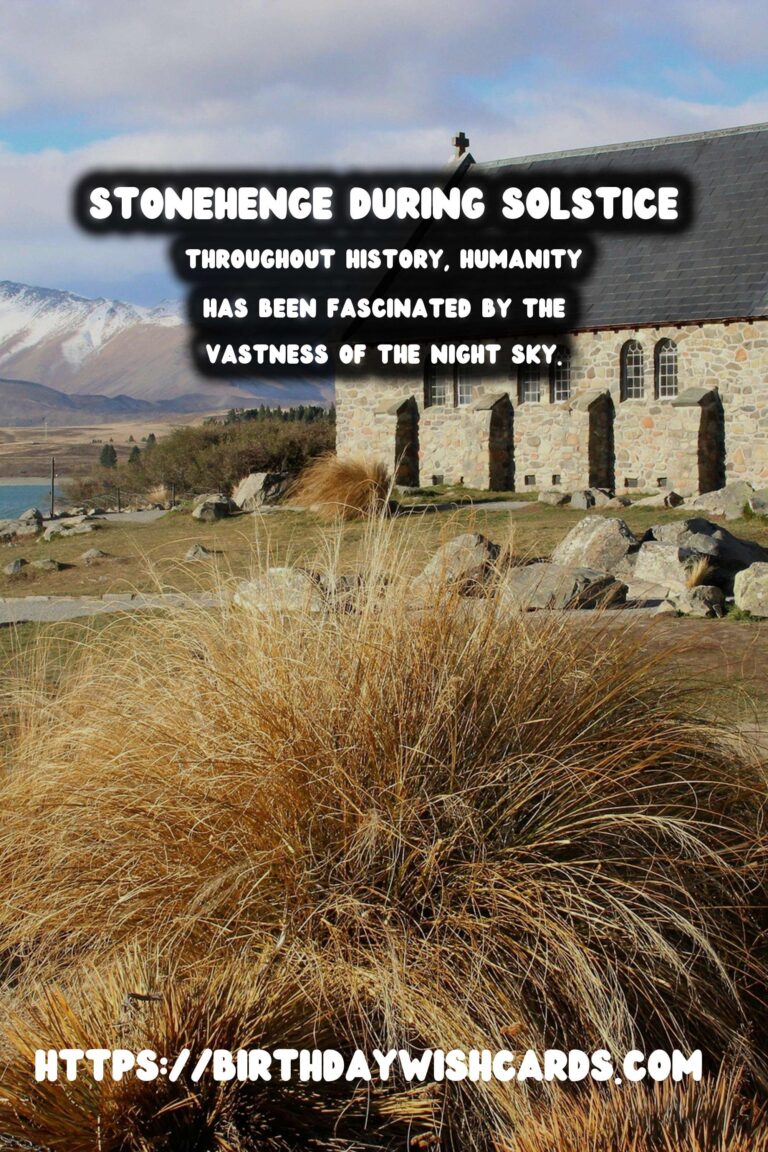
Throughout history, humanity has been fascinated by the vastness of the night sky. Ancient civilizations not only studied the stars but also attributed significant cultural and ritualistic meaning to them. This deep connection is vividly seen in various ancient astronomy sites scattered across the globe.
The Significance of Ancient Astronomy Sites
The ancient structures, built with precise astronomical alignments, were often used for both astronomical observations and as ceremonial venues. The alignment of these monuments reveals the knowledge and emphasis ancient civilizations placed on celestial events.
One remarkable example is Stonehenge in England, which is believed to have been aligned with the solstices. It has been proposed that this iconic site served as a place for important rituals and gatherings during significant astronomical events.
Stonehenge: A Monument of Mystery
Stonehenge’s massive stone formations have sparked debate over their intended purpose. Archaeologists have found evidence suggesting its use as a solar calendar, helping ancient Britons mark the passage of time to organize their agricultural activities.
The alignment with sunrise and sunset during solstices indicates that Stonehenge might have played a key role in ritualistic ceremonies aimed to honor the changing seasons and appease deities associated with agriculture and fertility.
The Stargazing Structures of Ancient Egypt
In ancient Egypt, the pyramids and temples played significant roles in astronomy and ritual practice. The Great Pyramid of Giza, for instance, aligns closely with the cardinal points and was strategically positioned to face specific stars.
These alignments were not accidental. The Egyptians linked their pharaohs’ divine status with celestial bodies, particularly the sun god Ra. Pyramids served not only as tombs but also as means of ensuring the pharaohs’ ascension and immortality among the stars.
Mayan Observatories and Ritual Significance
The Maya civilization constructed sophisticated observatories like the Caracol in Chichen Itza. These structures were precisely aligned with astronomical phenomena such as equinoxes and solstices, which were essential for their agricultural calendar and religious ceremonies.
Rituals conducted during these celestial events were crucial for the Mayans, who believed that their deities influenced both the cosmos and earthly affairs. Observatories thus served as sacred spaces for connecting with divine forces.
Nabta Playa: Africa’s Stone Calendar
Nabta Playa, located in the Nubian Desert of southern Egypt, is one of the world’s oldest known astronomical sites. It predates Stonehenge and the Egyptian pyramids, highlighting early humans’ interest in understanding and deifying the cosmos.
The stone circles and structures at Nabta Playa were used to predict the summer solstice, marking the onset of the rainy season. This knowledge was essential for survival in the harsh desert environment, and the associated rituals likely played a role in ensuring community welfare and prosperity.
The Role of Astronomy in Indigenous Cultures
Indigenous cultures worldwide also developed sophisticated astronomical knowledge, incorporating it into their spiritual beliefs and practices. In North America, sites like Cahokia Mounds in Illinois align with solar and lunar cycles, reflecting their creators’ intricate understanding of celestial movements.
For these cultures, rituals conducted in harmony with celestial events reinforced community identity, transmitted knowledge through generations, and maintained cosmic balance.
Conclusion
Ancient astronomy sites offer a glimpse into the minds of our ancestors, who saw the night sky not just as a vast canvas of stars but as a profound source of spiritual inspiration. Through meticulous observation and architectural prowess, they constructed monumental sites that echoed their cosmological beliefs and served as epicenters for communal rituals.
These sites remain today as testaments to the ingenuity and spiritual richness of ancient civilizations, inviting us to continue exploring the intimate relationship between humanity and the cosmos.
Throughout history, humanity has been fascinated by the vastness of the night sky. In ancient Egypt, the pyramids and temples played significant roles in astronomy and ritual practice. 
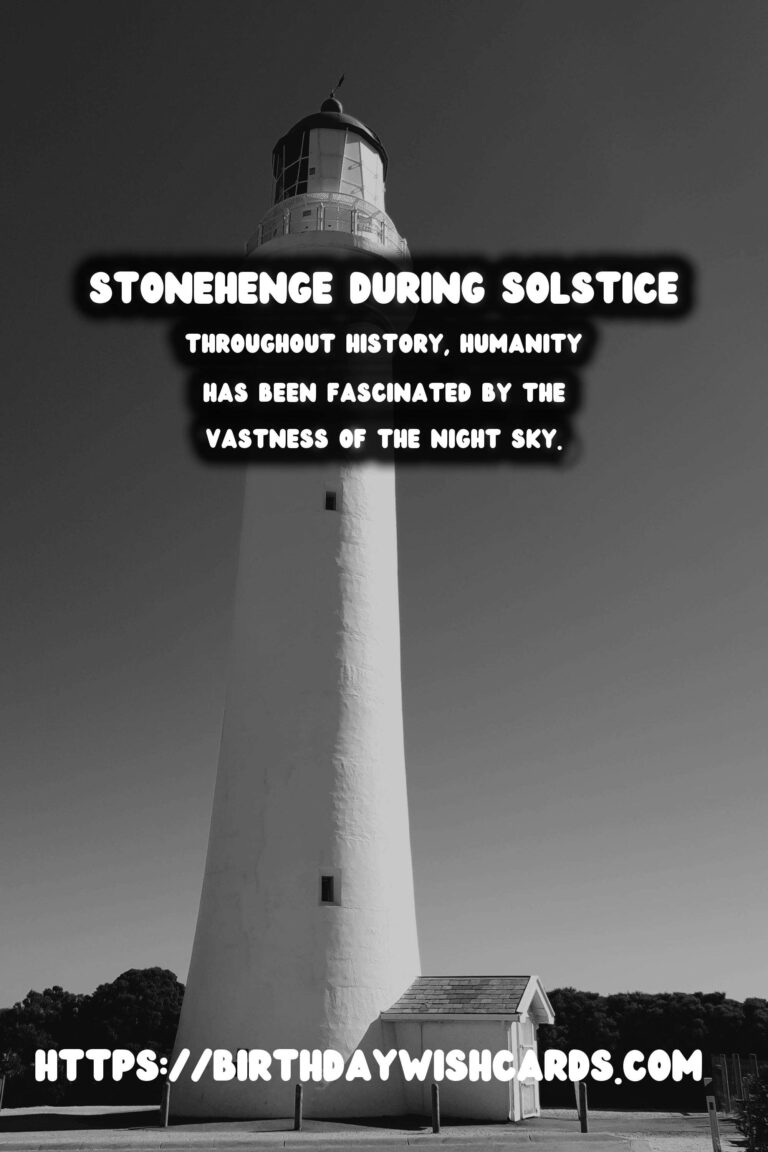
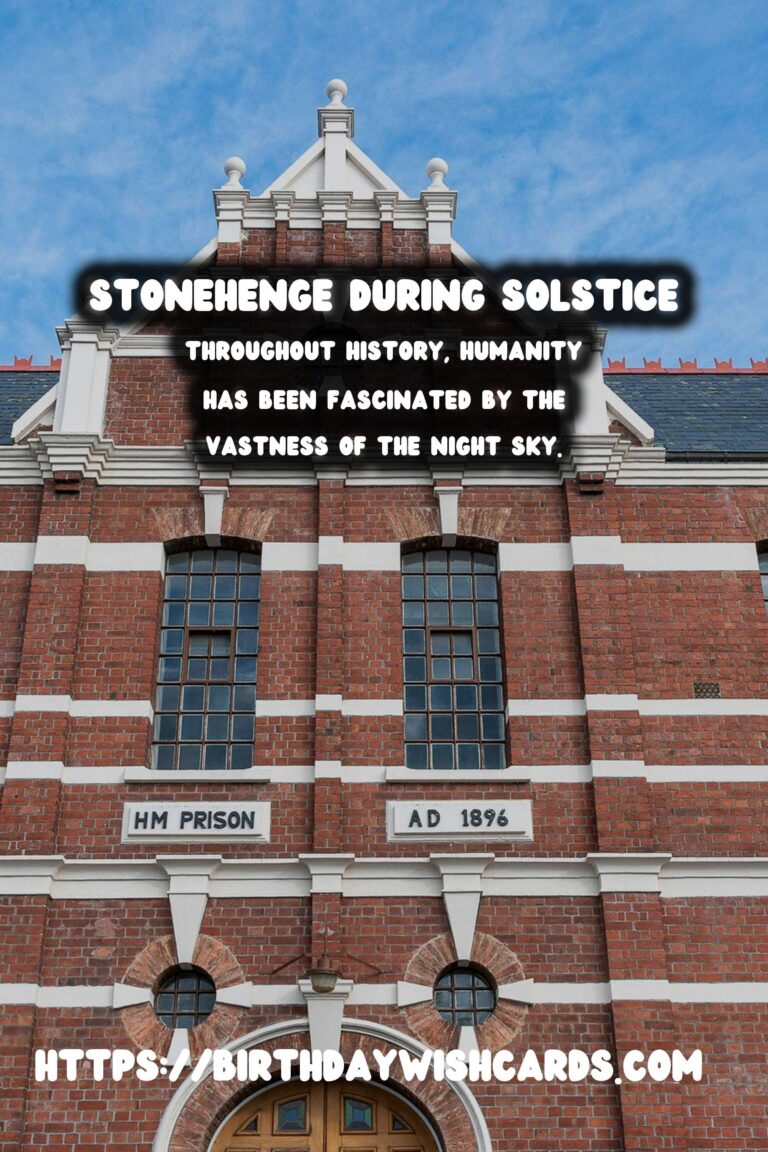
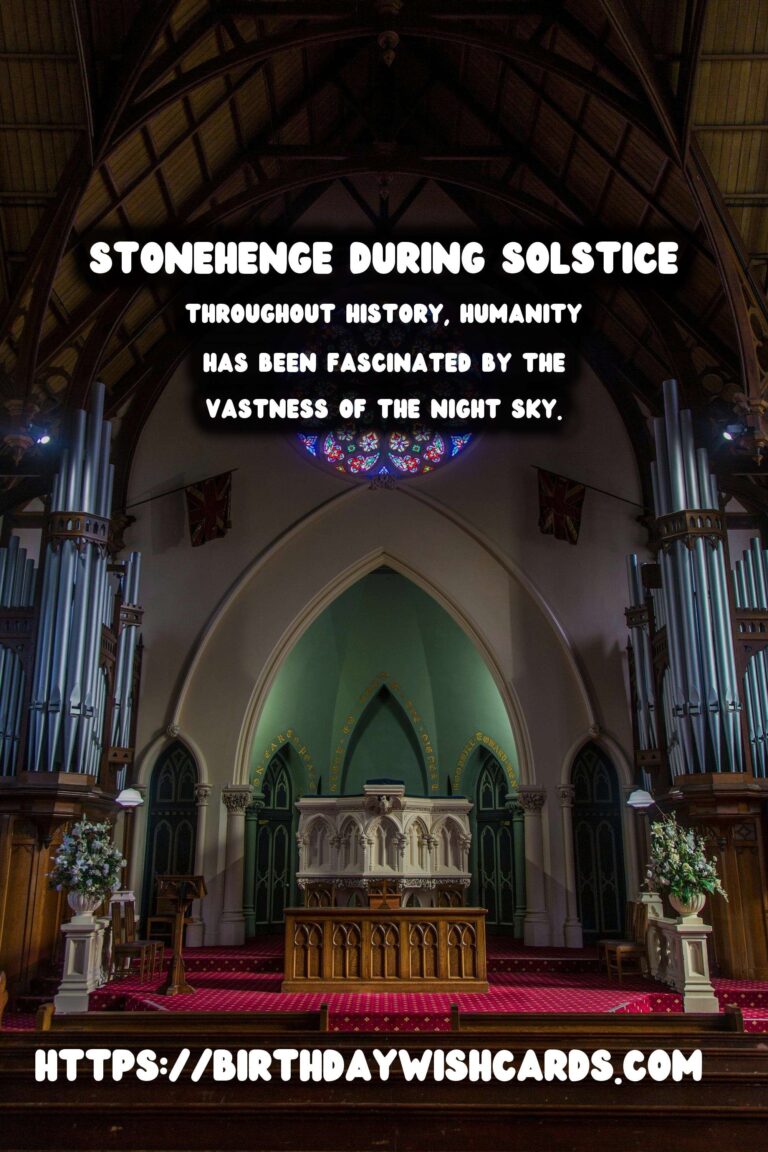
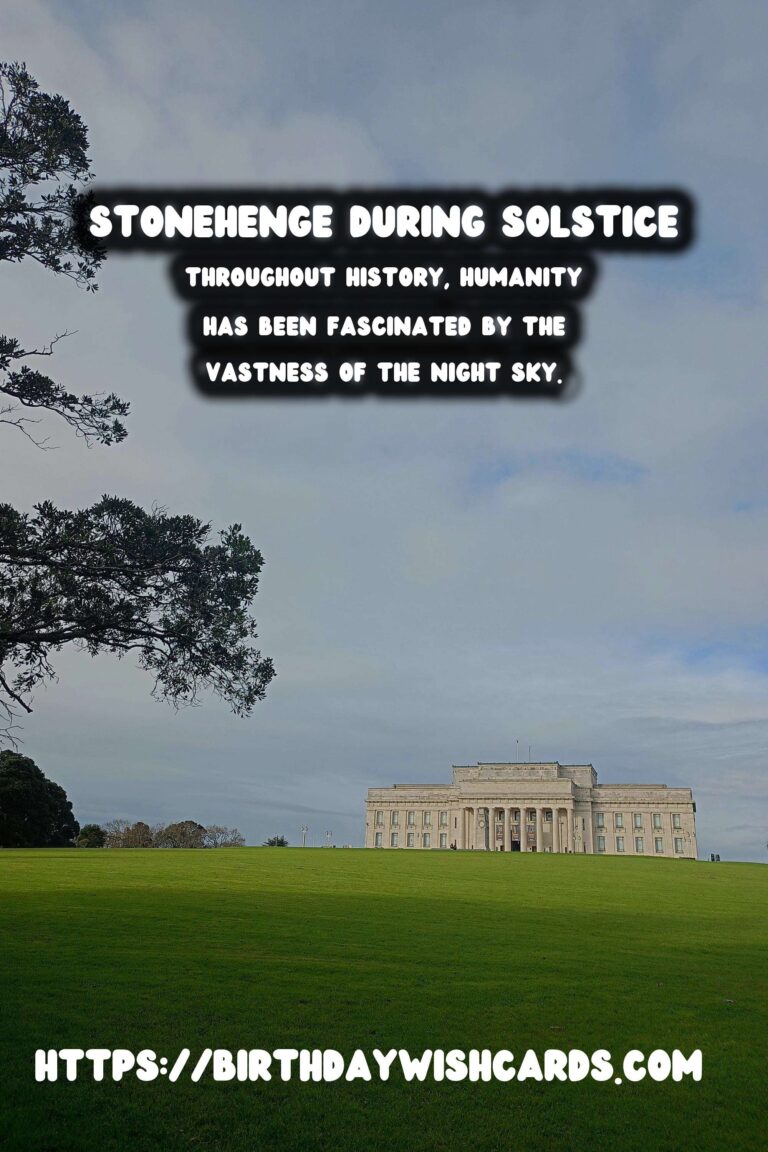
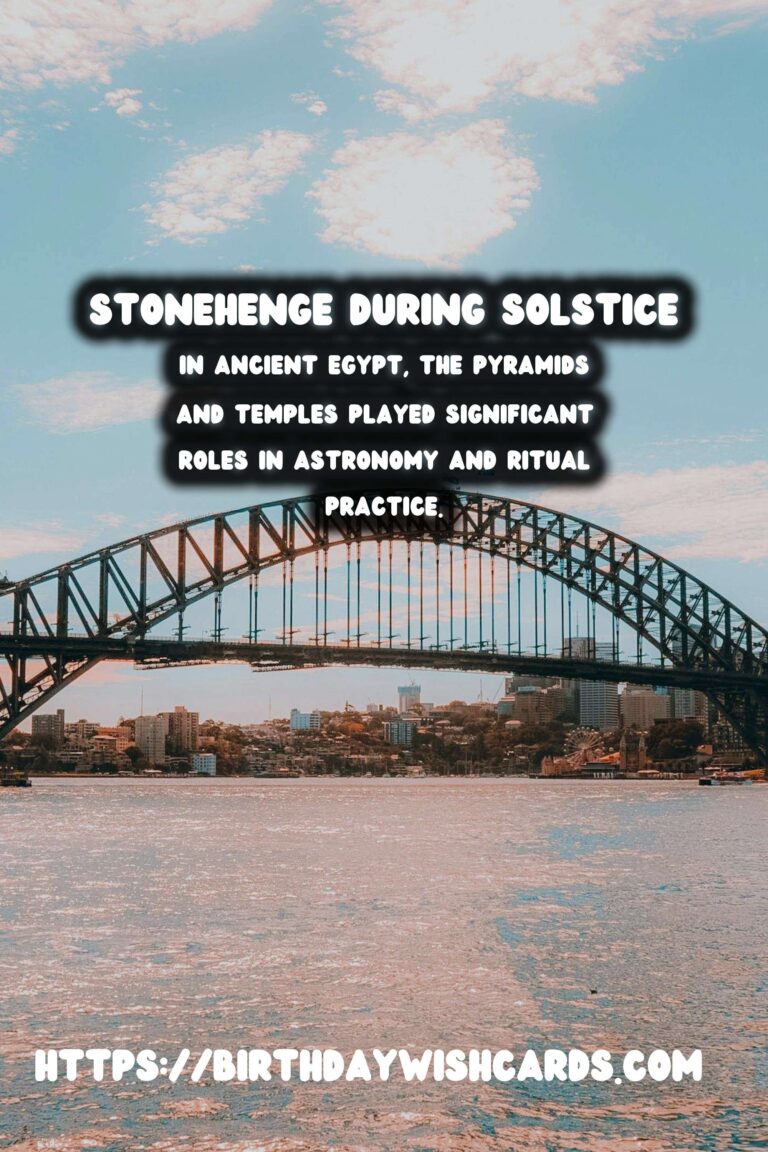
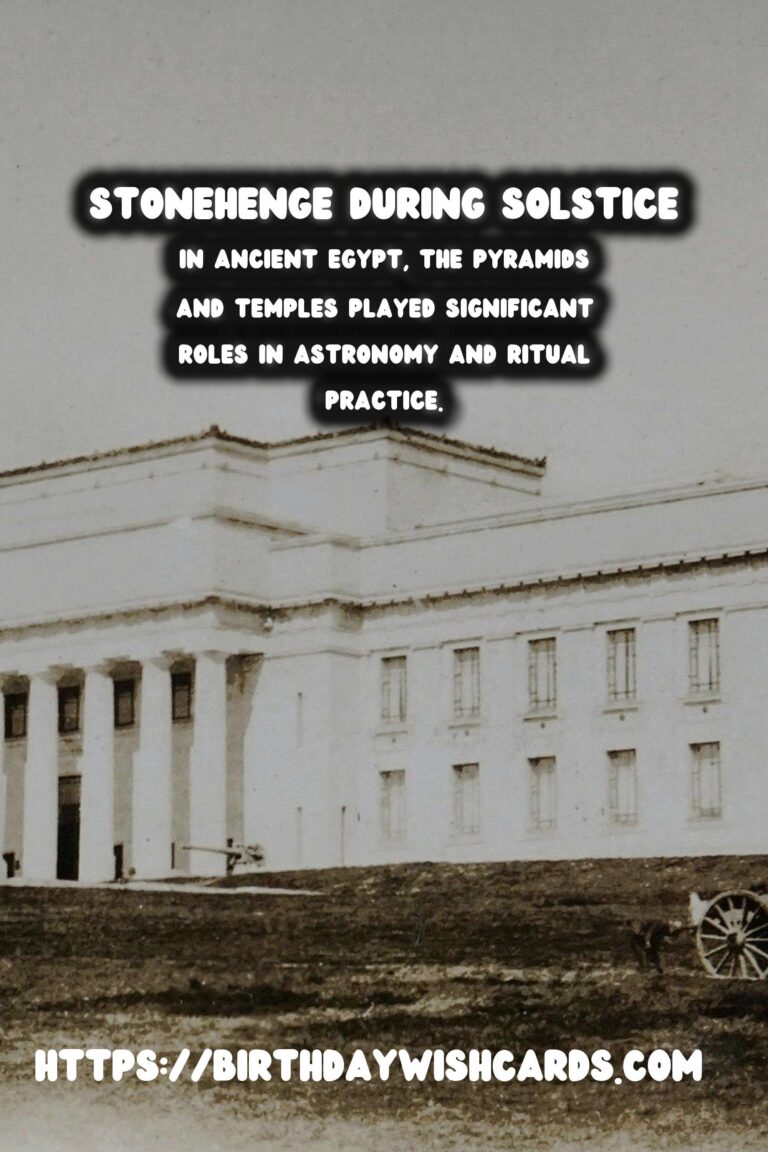
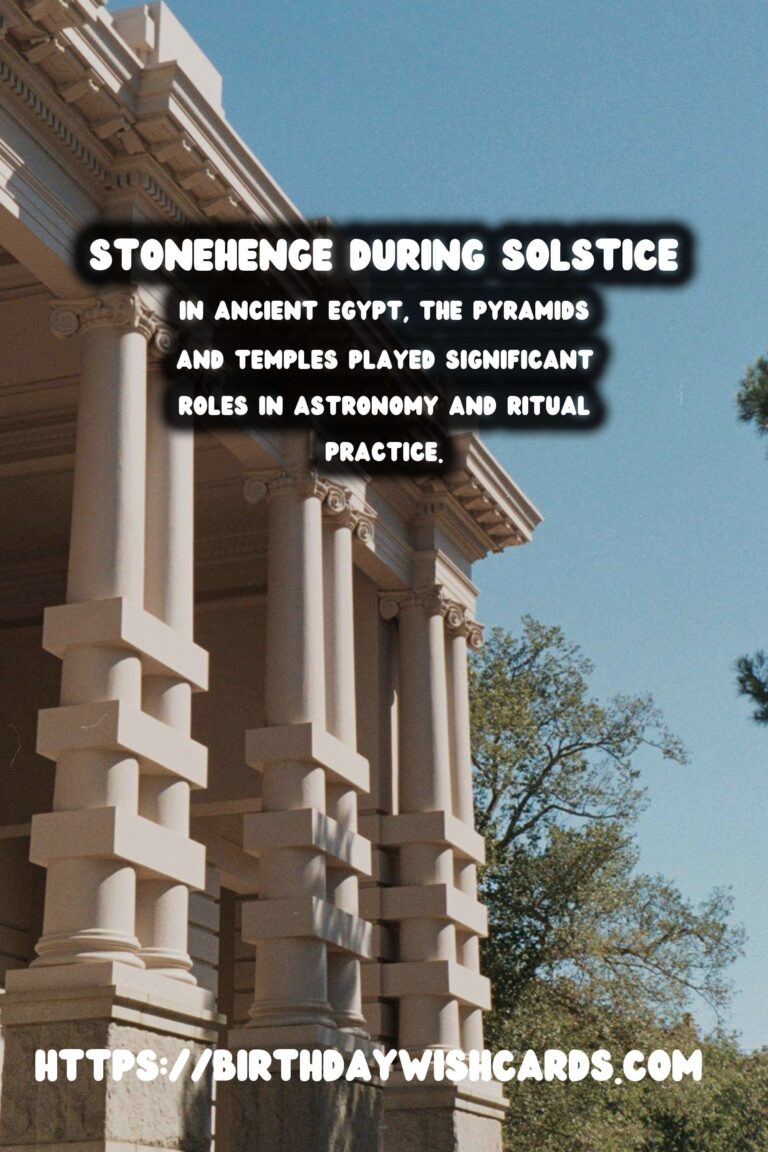
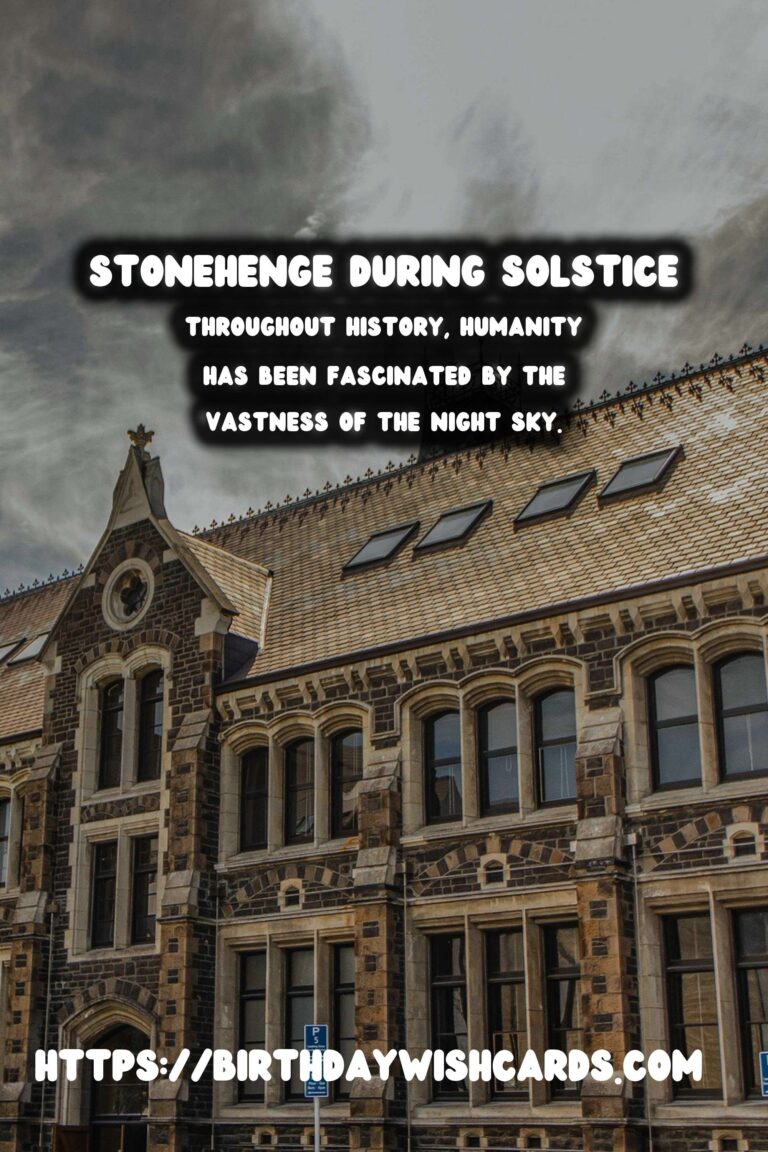
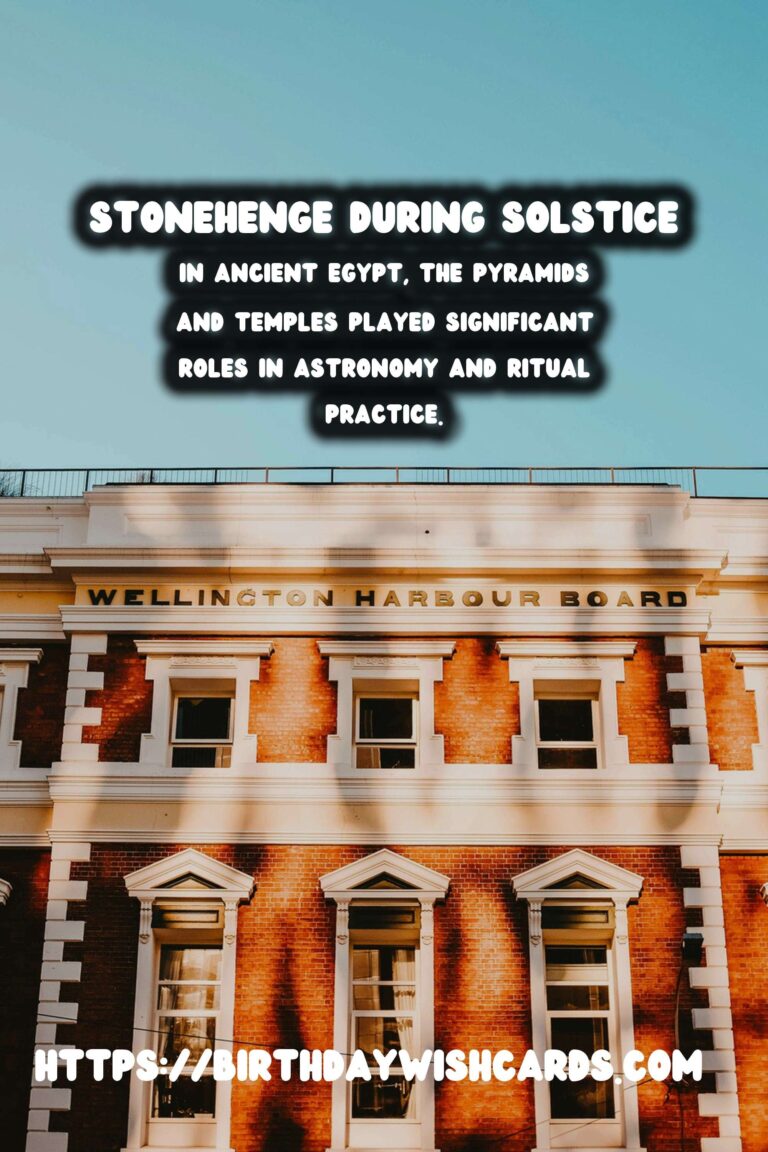
#AncientAstronomy #Rituals




